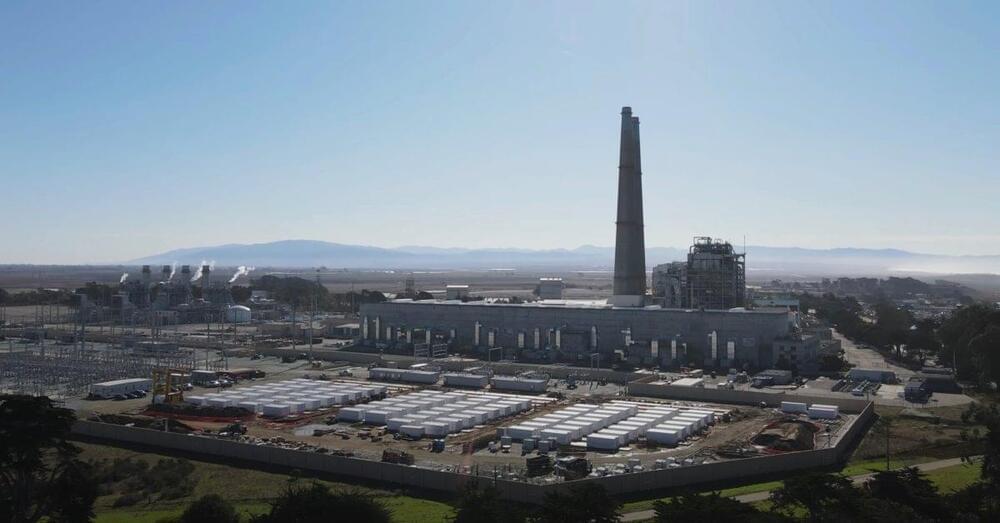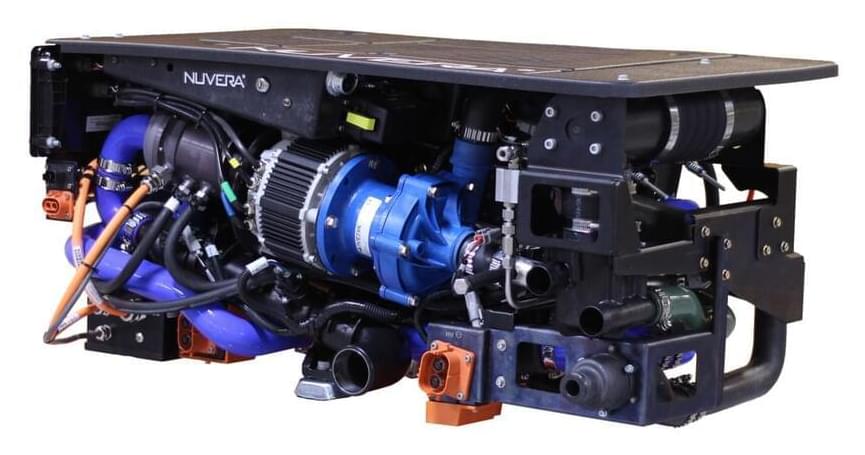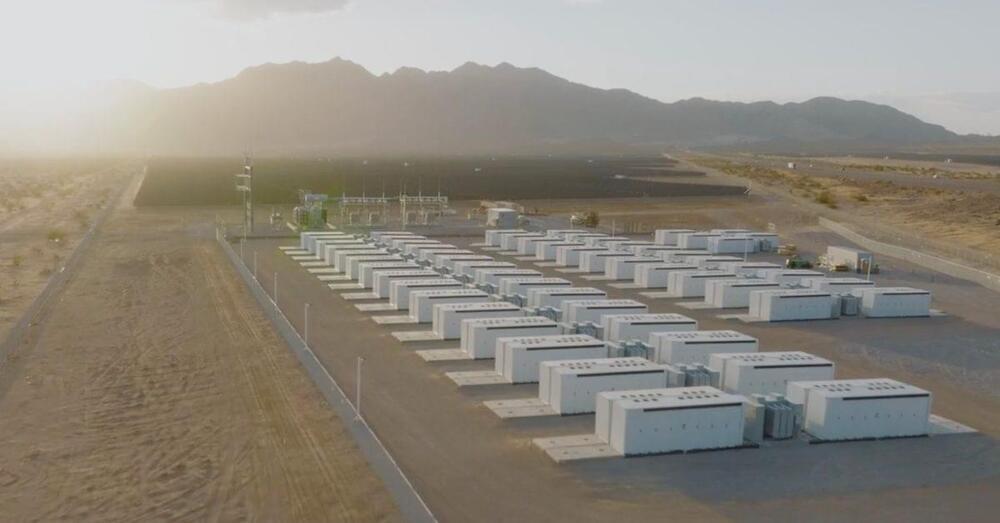A 3D printer that uses lasers to build up an object in any order, rather than layer by layer, could produce more advanced designs than is currently possible.
Existing 3D printers work by depositing layers of a plastic filament from a nozzle or by curing layers of resin with UV light. In both cases objects are built up one layer at a time, meaning that overhanging parts of a structure – the outstretched arms of a model human, say – must be propped up by temporary supports until printing is complete. These supports must then be carefully removed manually.
To get around this, Dan Congreve at Stanford University in California and his colleagues created a 3D-printing system that involves focusing a red laser at a particular point in a pool of resin. The resin is impregnated with particles 80 nanometres wide that convert red light into blue once the light hits a certain energy threshold, which only occurs at the point where the red laser is precisely focused.








